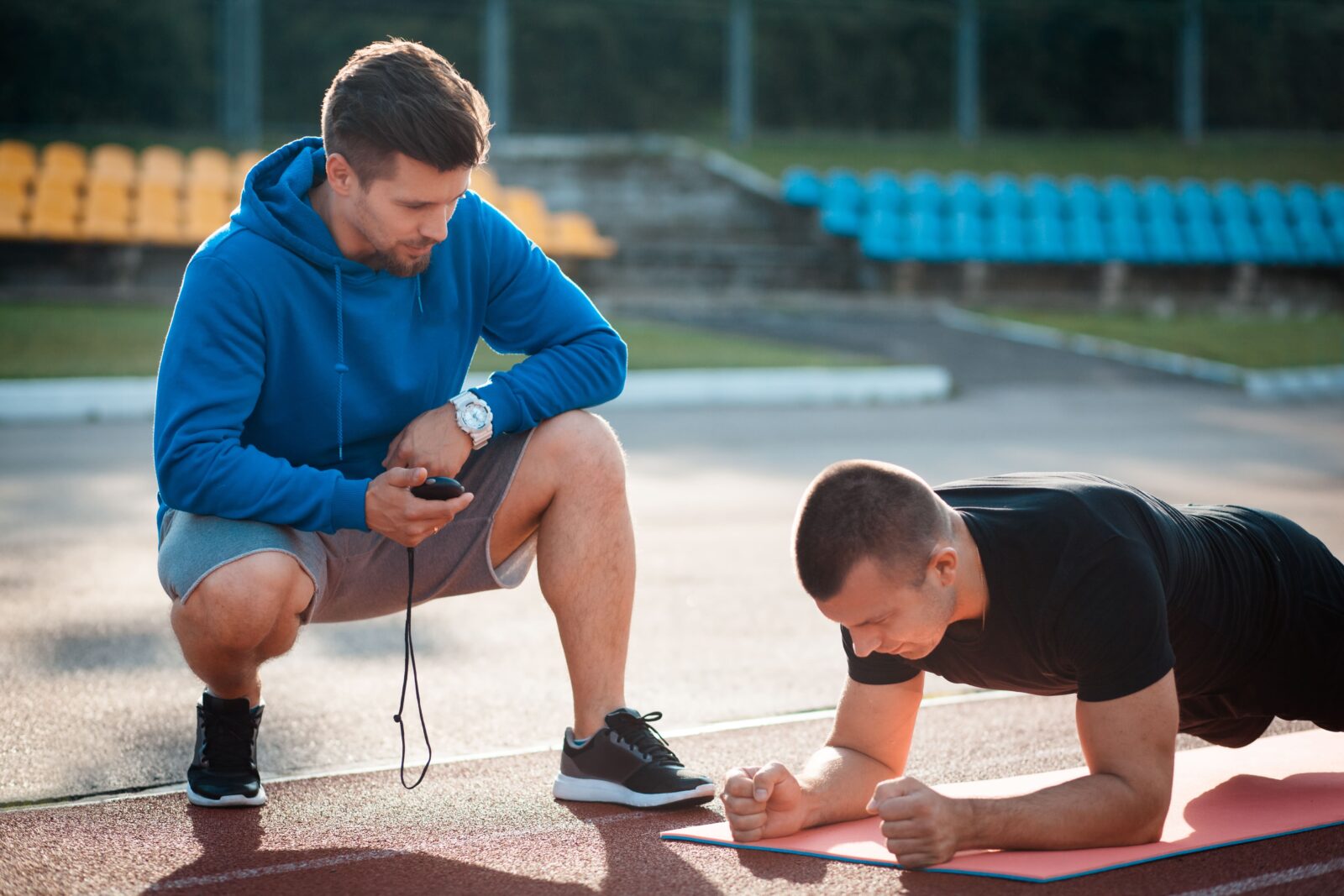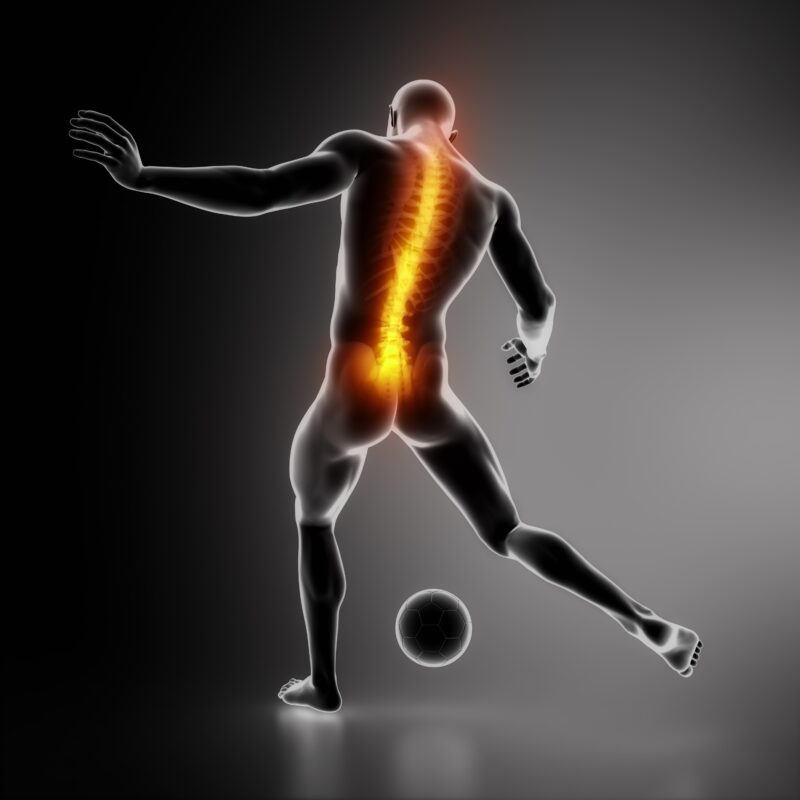Spinal health is a critical aspect of overall well-being, especially for athletes and individuals engaged in regular physical activity. Sports and spine injuries can be debilitating, affecting not only performance but also daily life. Understanding these injuries, their prevention, and treatment options is essential for maintaining a healthy and active lifestyle. Here’s what you need to know about sports and spine injuries.
Types of Sports and Spine Injuries
Participation in sports, while beneficial for health and fitness, carries the risk of injuries, including those to the spine. These injuries can range from mild to severe, affecting athletes across various levels of participation. Here are some common spine injuries that can occur as a result of sports activities:
Muscle Strains:
Often the most common spinal injury, muscle strains occur when fibers in a muscle or tendon stretch too far and tear. This can cause pain and stiffness in the back.

Ligament Sprains:
Similar to strains but involving ligaments, sprains happen when these tough bands of tissue that connect bones are stretched or torn from overuse or trauma.
Herniated Discs:
Also known as slipped or ruptured discs, herniated discs occur when the soft inner gel of a disc protrudes through the outer layer, potentially causing nerve irritation and back pain. Sports that involve repetitive twisting and lifting are particularly at high risk for this injury.
Spondylolysis:
This is a stress fracture in one of the vertebrae, the small bones that make up the spinal column. It’s common among young athletes who participate in sports that involve repetitive bending and twisting motions, such as gymnastics, football, and weightlifting.
Spondylolisthesis:
Often a consequence of spondylolysis, spondylolisthesis occurs when a vertebra slips forward over the bone below it. This can lead to back pain and nerve compression.
Spinal Cord Injuries:
Although less common, spinal cord injuries are among the most serious spine injuries that can occur in sports. These injuries can result from a severe impact or accident and may lead to significant mobility issues or paralysis.
Cervical Spine Injuries:
Injuries to the cervical spine (neck) can occur in contact sports such as football or rugby. They range from minor muscle strains to more serious injuries, such as cervical dislocation or fractures, which can have severe consequences including chronic pain, paralysis, or other neurological problems.
Thoracic Spine Injuries:
These are less common due to the thoracic spine’s relative stability but can occur in sports through severe impacts or accidents, leading to fractures, herniated discs, or spinal cord injuries.
Prevention Tips
Preventing spinal injuries during sports involves a multifaceted approach that emphasizes proper training, use of safety equipment, and awareness of body mechanics. Here are several strategies that athletes of all levels can implement to reduce the risk of spinal injuries:
1. Proper Technique and Training
Incorrect technique can lead to unnecessary stress on the spine, therefore it is important to learn and maintain the proper technique. Coaches or professional trainers can provide valuable feedback on maintaining proper form in your sport. It is also important to increase the intensity and duration of training gradually to avoid overloading the spine. Finally, be sure to engage in exercises that strengthen muscles relevant to your sport, providing better support and stabilization for the spine.
2. Strength and Flexibility
A strong core (abdominal and lower back muscles) provides essential support for the spine, reducing the risk of injuries. Increased flexibility can also improve range of motion and decrease the risk of strains. Regular stretching and mobility exercises should be part of your routine.
3. Warm-Up and Cool-Down
Engaging in a dynamic warm-up increases blood flow to the muscles and prepares the body for physical activity, reducing the risk of muscle strains. Cooling down helps to gradually lower the heart rate and stretch the muscles, aiding in recovery and decreasing the stiffness that can put stress on the spine.

4. Use of Protective Gear
Protective gear such as helmets, pads, and supportive shoes can help prevent injuries during contact sports or activities with a high risk of falls. It is important to wear the essential equipment to decrease the risk of spinal injuries.
5. Rest and Recovery
Ensure enough rest between training sessions to allow the body to recover. Overtraining can lead to fatigue, which increases the risk of injuries. Additionally, pay attention to signs of pain or discomfort. Pushing through pain can lead to more severe injuries.
6. Stay Hydrated and Proper Nutrition
Adequate fluid intake is crucial for maintaining muscle elasticity and strength, while a balanced diet supports muscle and bone strength, essential for protecting the spine.
7. Education and Awareness
Being aware of common spinal injuries in your sport can help in recognizing early signs and taking preventive measures. It is also important to know and follow established guidelines and safety protocols for your sport, including rules designed to minimize dangerous play and accidents.
8. Professional Guidance
Regular physical examinations can identify potential issues before they become serious.
You should also consult with healthcare professionals or physical therapists for persistent back pain or discomfort. They can provide specific advice or treatment plans tailored to your needs.
Treatment Options
Treatment for sports and spine injuries varies depending on the severity and type of injury. Common approaches include:
- Rest and ice: Initial treatment for minor injuries often involves rest and ice to reduce inflammation.
- Physical therapy: A tailored physical therapy program can help restore function, improve strength and flexibility, and reduce pain.
- Medications: Pain relievers and anti-inflammatory medications can help manage symptoms.
- Surgery: In cases of severe injuries, such as herniated discs or spinal cord damage, surgery may be necessary to relieve pressure on the spinal cord or nerves and stabilize the spine.
The Role of a Spinal Specialist
The role of a spinal specialist in managing spinal injuries caused by sports is pivotal to achieving optimal outcomes for athletes and active individuals. These specialists, who may be orthopedic surgeons, neurosurgeons, physiatrists, or sports medicine physicians with expertise in spinal conditions, offer comprehensive care that encompasses diagnosis, treatment, and rehabilitation. They use advanced diagnostic tools to accurately assess the extent and nature of spinal injuries, enabling them to tailor treatment plans that address both immediate symptoms and long-term health of the spine. A spinal specialist’s approach may include a combination of conservative treatments such as physical therapy, medications, and injections, along with surgical options for more severe injuries. Moreover, they provide guidance on injury prevention, conditioning programs to strengthen the spine, and strategies for safe return to sport. By focusing on the unique needs of athletes, spinal specialists play a crucial role in not only facilitating recovery but also in ensuring that individuals can safely resume their sports activities at their highest potential level of performance.
Conclusion
Sports and spine injuries can be a significant setback, but with proper prevention, early detection, and appropriate treatment, individuals can recover and return to their active lifestyles. Remember, maintaining a healthy spine is essential for athletic performance and overall quality of life. If you suspect a spine injury, seek professional medical advice promptly to ensure the best possible outcome.










